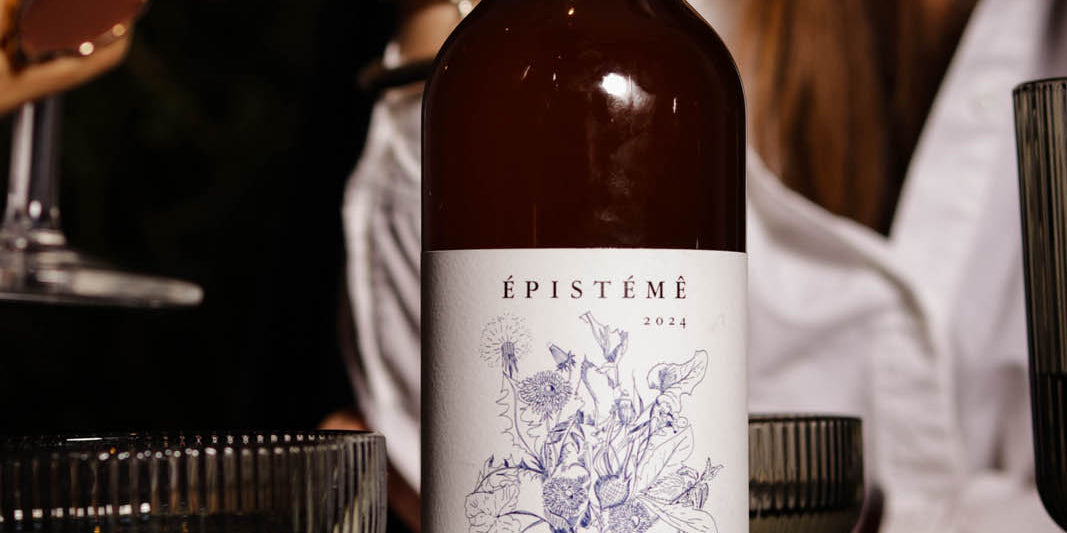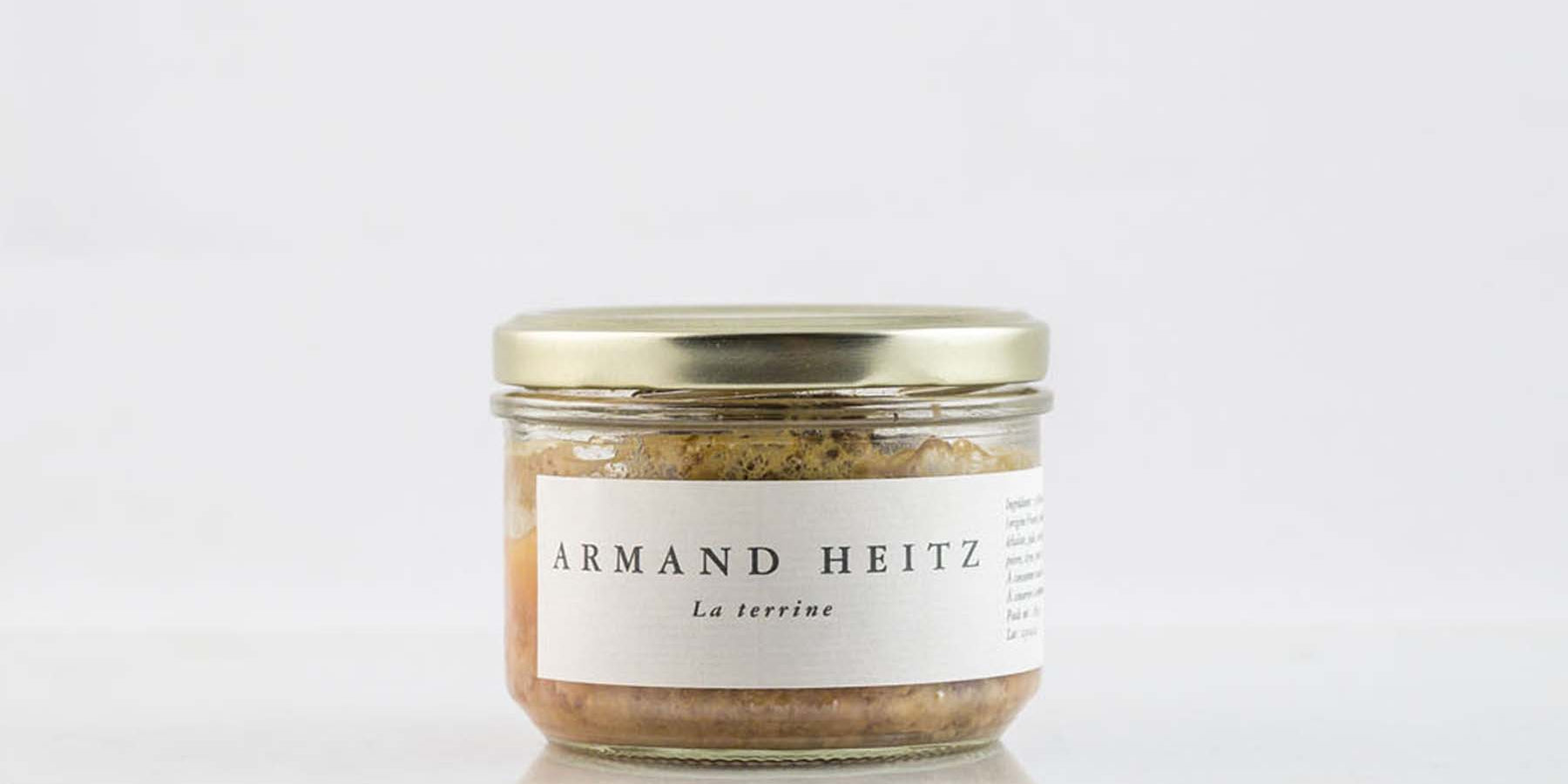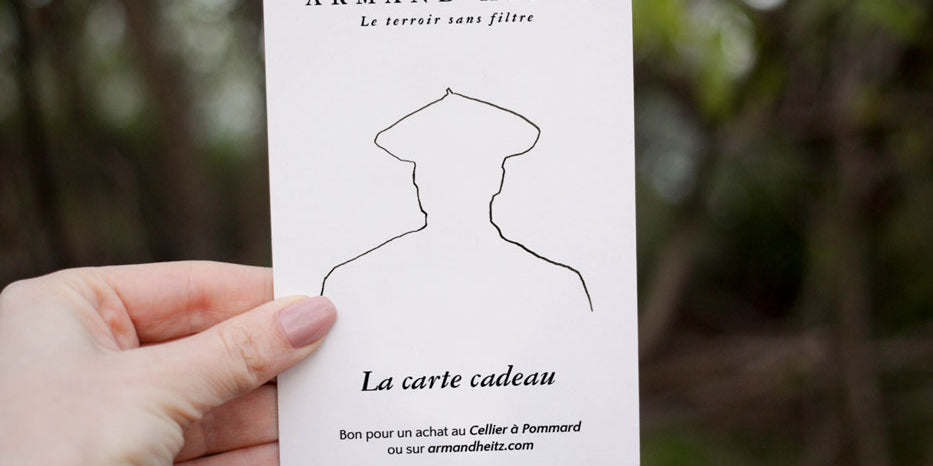I am a peasant! After having revived the family estate which had not been exploited for two generations, I took over a farm in mixed farming . I produce cereals which are used to feed my animals. Animal manure helps fertilize my crops. It is an autonomous and virtuous model that has proven itself over thousands of years.
At the moment, it is rare to go a day without hearing about the following fashions: reducing our consumption of meat, veganism, food sovereignty, animal welfare, Brigitte Bardot, fake meat…. Do these modes have a real impact on the animals or is it a way to attract the spotlight and make money in the process?

First of all, dear consumers, know that you are infamous sexists! In France, only cows have the honor of inviting themselves to our tables. Why such sexism? Although scientific studies prove otherwise, the meat of females is in the minds of many buyers more tender than that of males. The economic value of males on the markets is therefore lower.
However, studies are unanimous: chewing is an essential step in our digestion. Can you then explain to me why we prefer that it is the agro-food industries which chew food in our place? Nature being well done, a cow gives birth to as many males as females. When they are lucky, the males are castrated. Like eunuchs, the breeder will fatten them in order to obtain greater marbling so that the consumers' mandibles do not give themselves too much trouble. Unfortunately, fat gain is random. Result: 800,000 males per year are exported to Italy to be fattened there at a lower cost.

When we talk about animal welfare, there is a subject that is very little mentioned but which nevertheless has something to hold our attention. This is the ritual slaughter which makes it possible to distribute halal or kosher meat. For these two methods, the animals are slaughtered alive without stunning. Many of us have seen the film Temple Grandin, which has made it possible to take a giant step forward in terms of animal welfare. France has made the stunning of animals compulsory since 1964, but halal and kosher prohibit it. For several minutes, the animals agonize with their throats cut, while others, witnesses of the scene, wait their turn. Between the throat cut and the loss of cerebral reaction, several tens of seconds can pass: a period of anguish, fear, stress and above all extreme pain which, moreover, results in poor quality meat.
Halal and kosher are slaughtering methods that really made sense when they were linked to the territories and under the hygienic conditions of the time. Applying derivatives of religious interpretations in sanitized and industrial slaughterhouses is scandalously incoherent. The next time you undergo an operation, ask not to be anesthetized just to have an idea of the well-being that this provides.

Another debate is worth many spats with my customers or prospects. In a cow, there is more than tenderloin and ribs! They are certainly the most tender pieces, but can you tell me what is the co***rd that decreed that the quality of a piece was linked to its tenderness? Where is the respect for the animal in marketing only a tiny part of its meat? This restriction on the marketing of cuts inevitably leads to the slaughter of more animals. If butchers and restaurateurs did their job of highlighting and educating about the different parts of the animal, we could very easily reduce the herds. Instead, professionals prefer to sell what the customer wants. Since customers don't know anything about it, they buy tenderloin and ribs.
Talking is good, acting is better! The first lever that I decided to activate when taking over the farm was therefore to market young uncastrated males so that they would not be deported to Italy. To go to the end of the philosophy, I also took the decision to operate on a young male who suffered from an eventration. An eventration is when the wall of the abdomen is torn and the intestines are retained by the skin of the belly. It is benign and without any risk of altering the quality of the meat. Unfortunately, the cost of the operation is too high compared to the price of the animal. The economic logic would therefore have been to incinerate this young bovine. Oh yes ! In France, it is better to savagely cut the throat of stressed animals than to save an injured young male.

It is a militant act that I hope will open your eyes to the reality of animal welfare. I also chose not to work with a client who wanted our animals to undergo ritual slaughter. Finally, the estate has the privilege of being able to promote the whole animal thanks to Globe Traiteurs , a professional who does the work of highlighting cuts less known to the general public. La Rôtisserie du Chambertin , Le Bistrot in Chalon-sur-Saône and Le Cèdre in Beaune are other restaurant partners that I can mention.
Dear consumer, what do you prefer: find lamb's lettuce, revive your intestinal flora and rediscover the true taste of meat or continue to destroy nature and your digestive systems by buying fake meat or alternative products that are easy to masticate ?

Before wanting to revolutionize animal welfare with non-virtuous alternatives, we should settle for not doing anything and things will immediately go much better.
Armand Heitz
Photos @jibpeter









